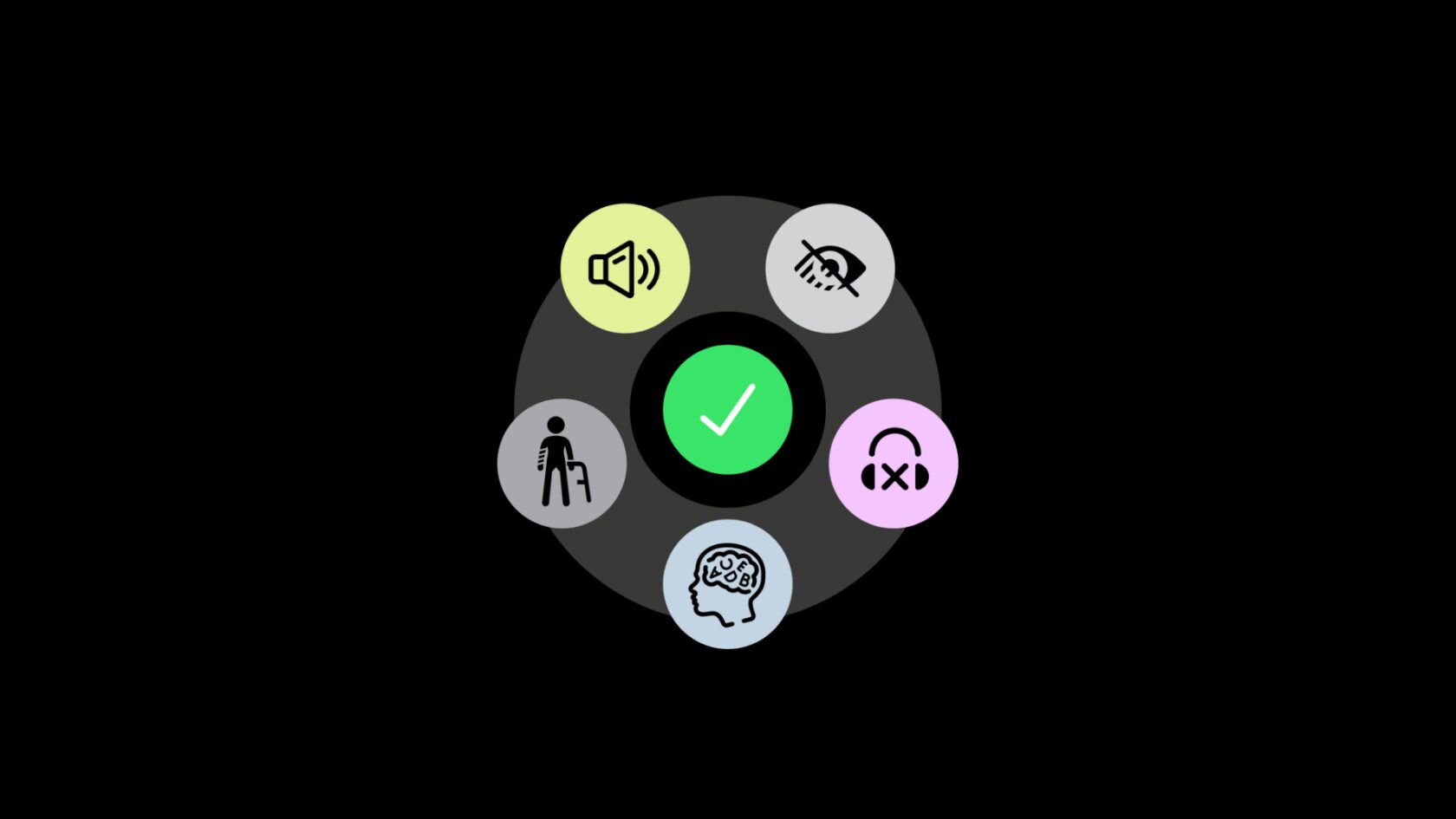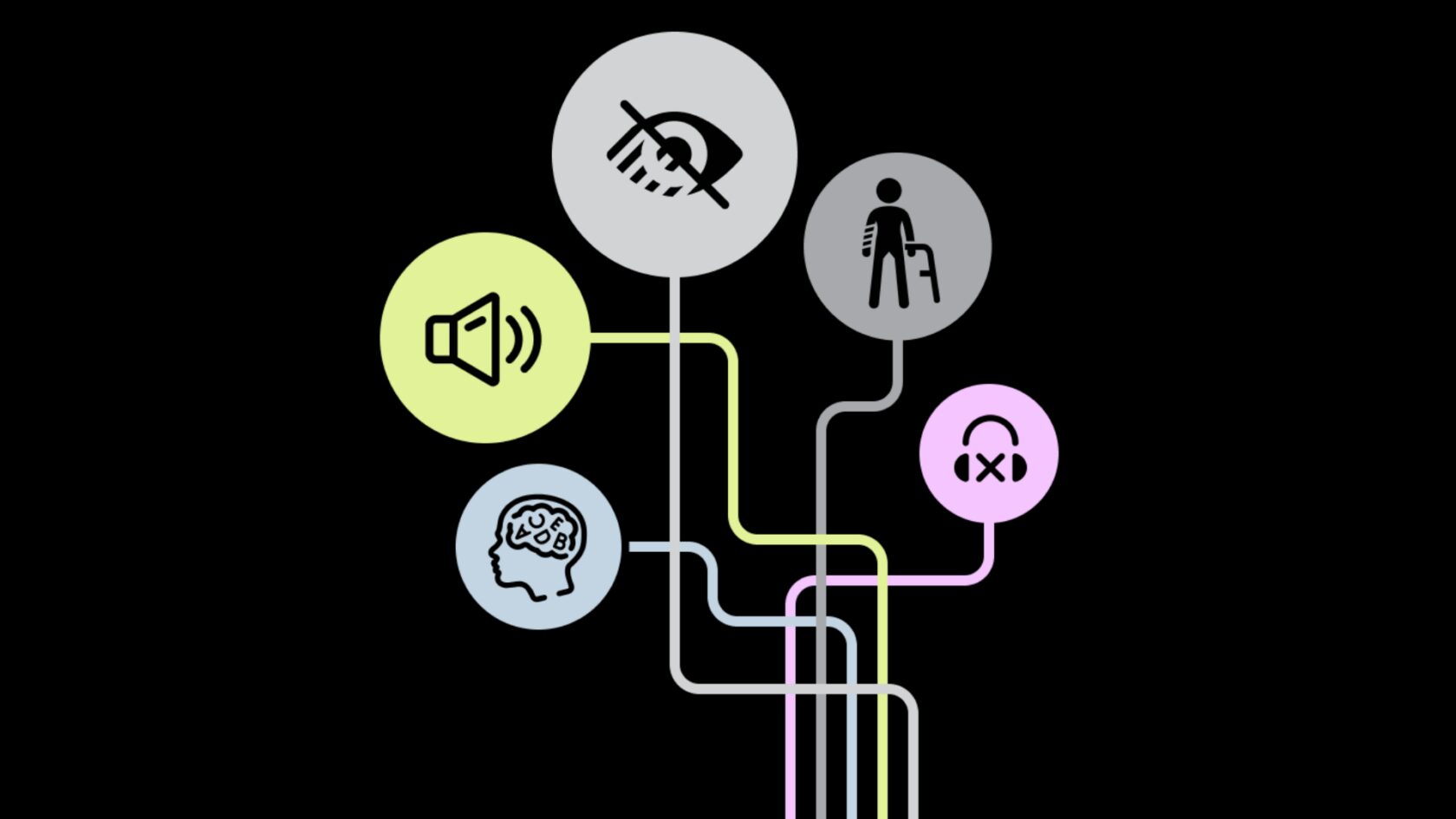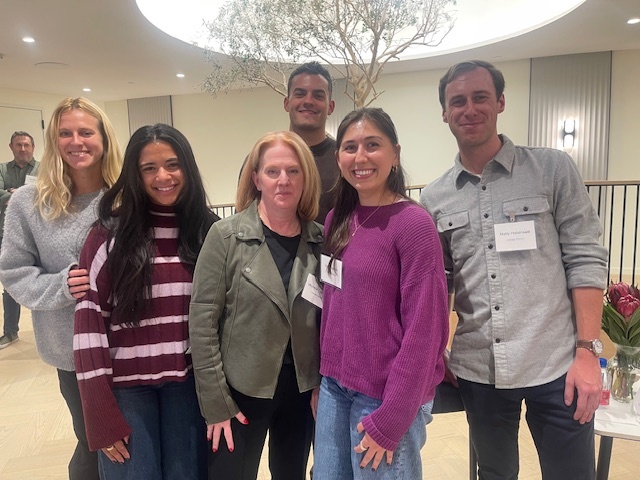Enda Gallen, Senior UX/UI Designer
Turn Compliance into Competitive Edge
Digital accessibility is not just a legal requirement – it’s a powerful opportunity. With regulations like the European Accessibility Act (EAA) now in effect across the EU and the Americans with Disabilities Act (ADA) already firmly established in the US, businesses have a clear mandate to create accessible digital experiences. But beyond compliance, embracing accessibility means reaching broader audiences, improving user experience, and strengthening brand trust. At Connelly Partners, we work with organizations to ensure full compliance and turn this regulatory obligation into a competitive advantage. Here’s six ways how:
Better Products
Accessible design isn’t a niche, but is part of fundamentally good design. By requiring straightforward layouts, clear navigation, and inclusive content, it naturally elevates your entire user experience (UX). Whether it’s captions on videos or keyboard‑friendly navigation, these improvements benefit everyone – leading to superior, more intuitive digital products.
A Broader Market
There are over 87 million EU citizens and more than 1 in 4 Americans living with some kind of disability – plus millions more elderly or temporarily impaired users – all of whom benefit greatly from accessible design. Compliance with accessibility standards unlocks this large audience and lets them use your products or services without friction or barriers.
Enhanced Brand Reputation
Accessibility sends a clear message: we care. With the EAA now live and further developments to the ADA on the horizon, consumers will increasingly see accessibility compliance as a marker of trustworthiness and professionalism. An accessible experience signals leadership, competence, and social responsibility.
Lower Legal Risk
In the EU, new products and major updates must comply immediately, while existing offerings have until 28 June 2030 to fully align with the EAA, and Member States are already penalising serious usability lapses. Penalties vary per member state: Italy allows fines up to 5 % turnover; Spain fines up to €600,000 for serious breaches; Germany imposes up to €100,000 per non‑compliant product, Ireland holds company officers personally liable if offences occur with their consent or from neglect and penalties include prison sentences.
In the US, ADA liability extends beyond regulatory action. A booming number of lawsuits, often filed by so‑called “serial plaintiffs” and specialised law firms, target websites and digital services as “public accommodations.” These suits, often initiated by individuals and their attorneys seeking injunctive relief and legal fees, typically result in settlements ranging from $5,000 to $20,000, even for small businesses. However, cases against Target, MIT, Harvard, Netflix and others have cost from the hundreds of thousands to millions.
Ongoing compliance isn’t optional anymore, but essential.
Cost-Efficiency
Ensuring accessibility from the outset of the product lifecycle is far more cost‑effective than retrofitting or enduring enforcement under the EAA or ADA.
The cost of non-compliance can be severe, but achieving accessibility doesn’t have to be. Think of accessibility like insurance. You don’t wait for a problem before protecting yourself. Building accessibility in from the start not only shields your business from legal and financial risk, it’s also much more affordable than reacting after a complaint or lawsuit.
The actual cost depends on the size and complexity of your digital product, but thanks to improved tools and growing industry expertise, compliance is now more achievable than ever. When accessibility is treated as a core design principle, rather than an afterthought, new projects can avoid expensive retrofits entirely.
Early investment in your projects saves time, effort, and money.
Innovation Through Accessibility
Embracing accessibility often leads to breakthrough innovation. OXO’s Good Grips utensils, inspired by arthritis-friendly design, redefined kitchen tools for everyone through universal ergonomics. Microsoft’s Xbox Adaptive Controller transformed gaming by accommodating diverse physical abilities, setting a new standard in inclusive hardware. IKEA’s stylish BÄSTIS collection integrates accessible features without sacrificing design, proving function and form can coexist. Rare Beauty, founded by Selena Gomez, reimagined cosmetic packaging with easy-grip applicators and twist-off lids, supporting users with limited dexterity.
These brands demonstrate that designing with accessibility in mind not only expands usability but also inspires better, more thoughtful products for everyone.
Why Choose Connelly Partners
As a specialist agency, Connelly Partners offers full-service accessibility support:
Comprehensive accessibility audits aligned with the EAA and ADA: EN 301 549 and WCAG 2.2 AA
Development of accessible digital experiences (digital products, websites, apps)
User testing with assistive tools and participants
Certified accessibility experts
Full compliance documentation & monitoring
We know the accessibility landscape. We align not just to avoid penalties, but to amplify your brand.
Making Accessibility a Core Part of Your Business
Staying compliant with accessibility standards isn’t just about avoiding risk – it’s about doing what’s right for your users and your brand. From websites and digital services to products and contracts, both EU and U.S. regulations continue to evolve, and it’s important to stay ahead.
At Connelly Partners, we work with organizations to help them understand where they stand, where they need to be, and how to get there – thoughtfully and effectively. Whether you’re starting with an audit or developing a long-term strategy, we’re here to support you at every step.
If you’re interested in learning more about how accessibility can become a natural part of how your business grows and connects, let’s talk.



